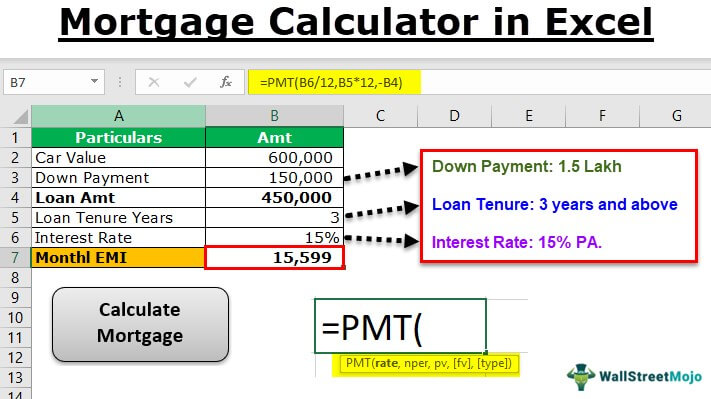

When considering whether to refinance your mortgage, also consider how long you plan to stay in your home. How Long You Plan to Stay in Your Home and Why it Matters Finally, if you encounter $9,000 in refinancing costs, it will take almost 35 months to recoup the costs of refinancing ($9,000/$258.45 = 34.8). Assuming a tax rate of 22%, the after-tax rate would be 0.78, which results in an after-tax savings of $258.45 ($331.35 x 0.78 = $258.45). Calculate the total fees and closing costs of your new mortgage loan and divide it by your monthly after-tax savings to determine the number of months it will take to recover the costs of refinancing your mortgage-the break-even point.įor example, if you’re refinancing a $300,000, 20-year, fixed-rate mortgage at 6% with a new 4% interest rate, refinancing will reduce your original monthly mortgage payment from $2,149.29 to $1,817.94-yielding a monthly savings of $331.35.Multiply your monthly savings by your after-tax rate to obtain your after-tax savings.

Determine your tax rate, then subtract it from 1 to determine your after-tax rate.Subtract your new, refinanced monthly mortgage payment from your current monthly payment to determine your monthly savings.To calculate your mortgage’s break-even point, follow these calculations: This break-even point is the date on which you can actually benefit from your new lower payment, rather than covering refinancing fees. Once you calculate the cost of refinancing, determine how many years it will take to break even with the new monthly payment-or recover the costs of refinancing your mortgage. Understanding Your Mortgage’s Break-Even Point Either way, mortgage refinancing is never truly free. Under this option, the borrower generally absorbs the fees through a higher interest rate or pays them over time as part of the loan principal. Some lenders offer “no-cost” refinancing that helps borrowers reduce up-front refinancing fees. Borrowers should also prepare to cover any necessary appraisal and inspection costs as required by the lending institution. This includes lender and attorney fees, title search and insurance costs and closing costs, like document preparation. In general, refinancing fees total between 3% and 6% of the outstanding principal on the original mortgage loan. How Much Does It Cost to Refinance a Mortgage?īefore you decide to refinance your mortgage, evaluate the cost of refinancing and whether it’s worth the long-term savings. However, the costs of refinancing can add up quickly, so a cash-out refi may not be the best bet. A homeowner can do this by borrowing more than they owe on their current mortgage. Equity or debt consolidation. Mortgage refinancing also can be used to consolidate debt or otherwise cash in on home equity.Although your monthly payment will increase, shorter mortgage terms typically come with lower interest rates-plus you’ll pay less in interest over the life of the loan. Shorten the term of your mortgage. In contrast to lengthening a mortgage term, some homeowners refinance in order to shorten it.Just remember that a longer mortgage means you’ll pay more interest in the long run. Lengthen mortgage term to reduce payments. If you need to reduce your monthly mortgage payment, consider refinancing to lengthen your loan term.Capitalize on your improved credit score. Mortgage refinancing may also be a good option if your credit score has improved since you took out your original home loan.Refinancing into a fixed-rate mortgage can help you lock in a low rate before the interest rate on your ARM changes.



 0 kommentar(er)
0 kommentar(er)
